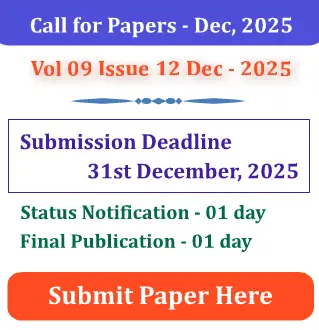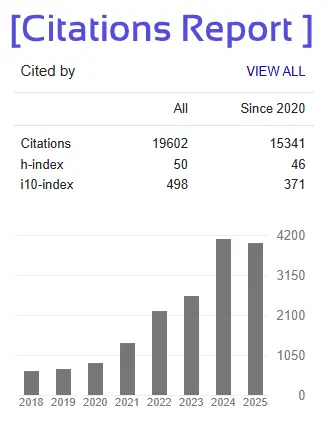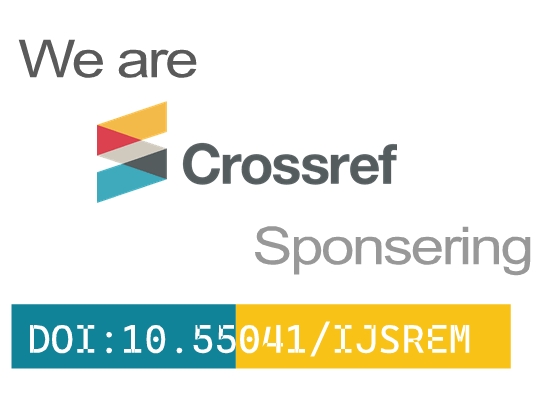Optimization of Traffic Signal Timing to Minimize Queue Length at Tatarpur Intersection, Bhagalpur, Bihar
Prashant Kumar1, Kamala Parhi2, Sandeep Suman3
1 Research Scholar, Department of Mathematics, T.M. Bhagalpur University,
Bhagalpur, Bihar, India,812007
2 Associate Professor, Department of Mathematics, Marwari College, Bhagalpur, Bihar, India,812007
3Assistant Professor, Department of Mathematics, T.M. Bhagalpur University,
Bhagalpur, Bihar, India,812007
Abstract - This study aims to determine the most effective traffic signal timing to reduce the number of idling vehicles at the Tatarpur Intersection during the rush hour 3 PM to 5 PM. The analysis considered all traffic movements, ensuring pedestrian safety by adhering to the U.S Federal Highway Administration's standard walking speed of four feet per second. To optimize signal duration, a linear programming approach was used, incorporating factors such as the average number of idling vehicles, existing pedestrian crossing times, and vehicular arrival rates at the intersection. Traffic flow data was collected for each movement to estimate the total number of vehicles waiting for a green signal. The findings indicate that the optimal green time for vehicles traveling from M.M College to the Railway Station was reduced by 16%. Similarly, the green time for vehicles traveling from Kotwali Chowk to M.M College also decreased by 16%. Additionally, the ideal green time for vehicles traveling from Station Road to either M.M College or Kotwali Chowk whether moving straight or making a right turn, was reduced by 12%. In conclusion, assigning longer green times to movements with higher vehicle arrivals does not always result in a proportional decrease in queuing. An extended green phase can lead to excessively long cycle times, which may cause longer queues in other directions. Thus, a balanced approach to traffic signal timing is crucial for optimizing overall intersection performance.
Key Words: Traffic Signal Timing, Idling Vehicles, Linear Programming, Intersection Performance, Pedestrian Safety







